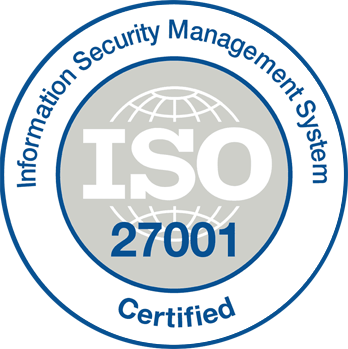Stages of Agile Software Development is a methodology of making software that puts more emphasis on responding to feedback and changes from customers than sticking to a strict plan.
It values collaboration between the development team and customers, allowing for more flexibility and improvement throughout the development process. Rather than trying to plan everything in advance, Agile allows for adapting to changing requirements and priorities as needed.
The goal is to deliver high-quality software that meets the customer’s needs through incremental releases of working software. In simple terms, Agile is all about making the customer happy, being flexible, and continuously improving.
The 5 stages of the Agile software development
5 stages of the Agile software development
Planning
In this stage, the project team, including the product owner defines the project goals and objectives and prioritizes the features to be developed in the upcoming development process.
Planning is one of the critical stages of agile software Development process. It involves defining the project goals, creating a prioritized product backlog, and establishing a roadmap for the project.
During this stage, the product owner, stakeholders, and development team collaborate to determine what features should be included in the product and in what order they should be developed.
Designing
The team works on creating a high-level architecture for the software product, defining the user stories, and creating mockups of the user interface.
The designing stage is the second stage of Agile software development, and it is critical to the success of the project. During this stage, the development team works closely with the product owner and stakeholders to create a high-level architecture for the software, define user stories, and create wireframes or mockups of the user interface.
The design stage ensures that the software meets the needs of the end user. A solid design also helps the team to prioritize development work and streamline the implementation process.
Development
The third stage of Agile software development is the developing stage, where the development team starts building the software by implementing the features from the prioritized list. The team follows an iterative approach to development and reviews and adjusts the work as necessary in each iteration.
The team works in short cycles, or sprints, to deliver a working product incrementally. Agile development emphasizes delivering value to the customer quickly, and the developing stage plays a crucial role in achieving this goal.

Testing
In this stage, the team performs various types of testing, including unit testing, integration testing, and acceptance testing.
The testing team conducts different types of testing, including unit testing, integration testing, and acceptance testing. They also regularly review and adjust the testing process to ensure that it meets the project’s requirements. Testing plays a crucial role in delivering high-quality software that meets the customer’s needs and requirements, enabling the team to identify and fix issues before deploying the product to the end users.
Deployment
The final stage of Agile software development is the deployment stage, where the software is deployed to the production environment and made available to end-users.
During this stage, the development team ensures that the software is stable, reliable, and performs as expected. The team also monitors the software closely, making any necessary adjustments based on user feedback and usage data.
Benefits of Agile Software Development
Improved predictability: You can predict how long it will take to complete a project based on short iterations of the Agile methodologies. That helps ensure that your team meets deadlines and completes the job on time.
Improved quality: Waterfall-style development can lead to bugs and other issues because there are no short iterations or checkpoints where the team can test their work against their goals and expectations. Agile methodologies do not suffer from this problem because they allow for frequent testing, which improves quality.
Improved communication between stakeholders: During each phase, who should be responsible for what tasks at any given time? Inclusion of All stakeholders in every phase of an agile project.
Conclusion
Overall, stages of Agile Software Development, may not be suitable for every project or organization, and it is essential to carefully consider the pros and cons before deciding to adopt the methodology.
By looking at their benefits, Agile Methodologies’ importance in software development is understandable. First, it helps reduce the time to develop a software product. Second, it reduces cost, and third, it increases quality.
Using these methodologies has proved beneficial to companies that use them in many ways to ensure delivering software projects on time.
Frequently Asked Questions
Agile methodologies are practices and principles that prioritize adaptability, customer collaboration, and frequent delivery of working software.
Agile methodologies allow teams to be more responsive to changing customer needs and market conditions, leading to better software quality and higher customer satisfaction.
Agile methodologies prioritize customer collaboration and frequent delivery of working software, which allows for a more flexible development process.
Involving customers in the development process can lead to a better understanding of customer needs and early identification of issues.










